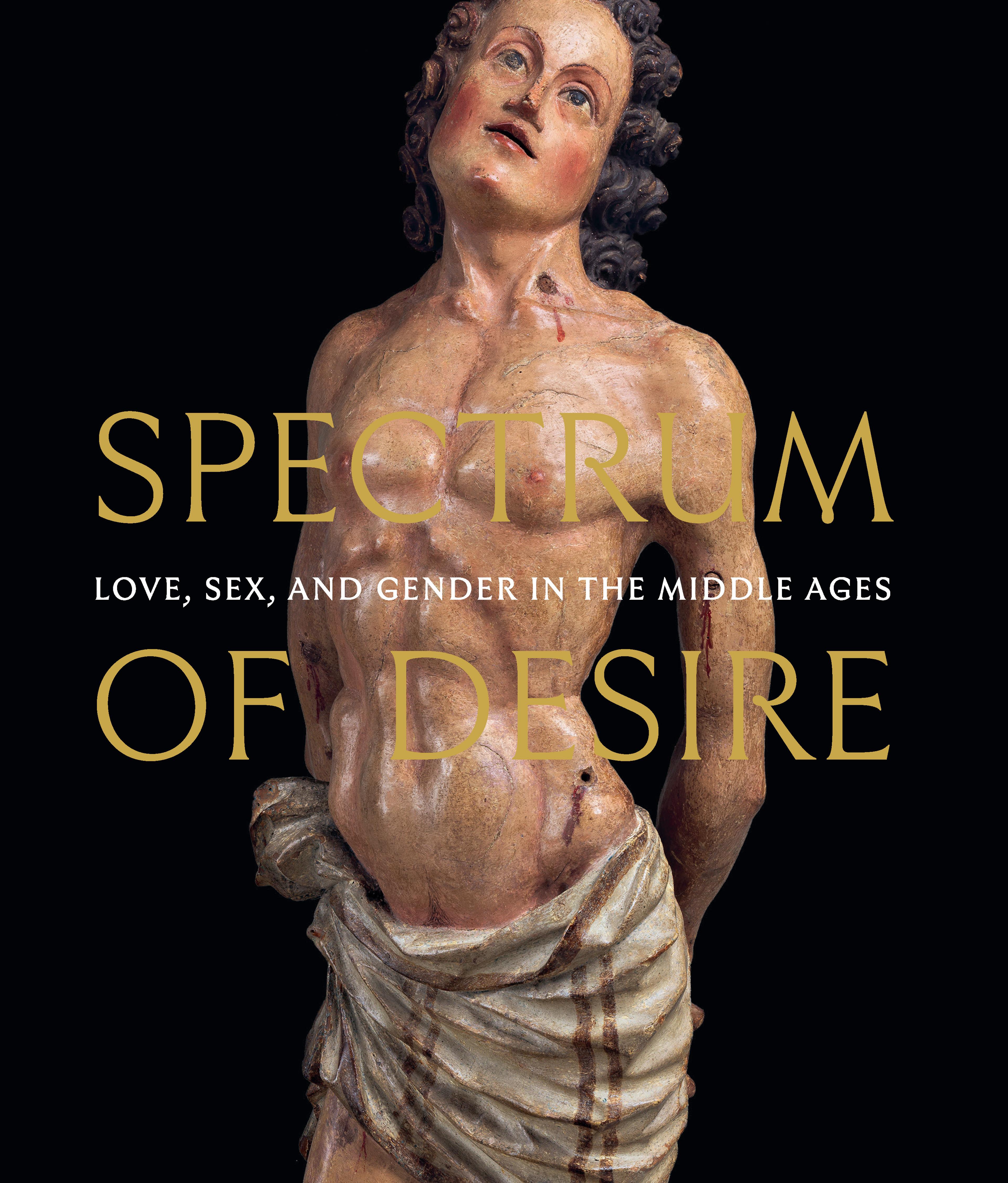Coffret
This casket, like many late medieval secular objects, is decorated with scenes of courtship or romances based on medieval concepts of courtly love. In this example, a lover offers his lady his heart while she combs his hair and gives him, in return, her girdle as a token of her affection.
The earliest cogent expression of courtly love is probably to be found in the twelfth-century troubadour songs of southern France. The code of courtly love, formalized in the late twelfth and early thirteenth centuries, was observed, in some places, will into the fifteenth century. A popular author, Christine de Pisan (circa 1360-1430), expressed the sentiments of her day: "For it is well known there is no joy on earth that is so great as that of the lover and the beloved."
Typical in the Middle ages, the line between religious and secular subject matter is fine, for on the inside of the cover of this casket is a representation of the Virgin and Child.
The earliest cogent expression of courtly love is probably to be found in the twelfth-century troubadour songs of southern France. The code of courtly love, formalized in the late twelfth and early thirteenth centuries, was observed, in some places, will into the fifteenth century. A popular author, Christine de Pisan (circa 1360-1430), expressed the sentiments of her day: "For it is well known there is no joy on earth that is so great as that of the lover and the beloved."
Typical in the Middle ages, the line between religious and secular subject matter is fine, for on the inside of the cover of this casket is a representation of the Virgin and Child.
Artwork Details
- Title:Coffret
- Date:14th century
- Culture:French
- Medium:Embossed leather, walnut, gilding, polychromy, copper alloy and iron fittings
- Dimensions:Overall: 4 5/16 x 8 5/16 x 7in. (11 x 21.1 x 17.8cm)
- Classification:Leatherwork
- Credit Line:Gift of George Blumenthal, 1941
- Object Number:41.100.194
- Curatorial Department: Medieval Art and The Cloisters
More Artwork
Research Resources
The Met provides unparalleled resources for research and welcomes an international community of students and scholars. The Met's Open Access API is where creators and researchers can connect to the The Met collection. Open Access data and public domain images are available for unrestricted commercial and noncommercial use without permission or fee.
To request images under copyright and other restrictions, please use this Image Request form.
Feedback
We continue to research and examine historical and cultural context for objects in The Met collection. If you have comments or questions about this object record, please contact us using the form below. The Museum looks forward to receiving your comments.
